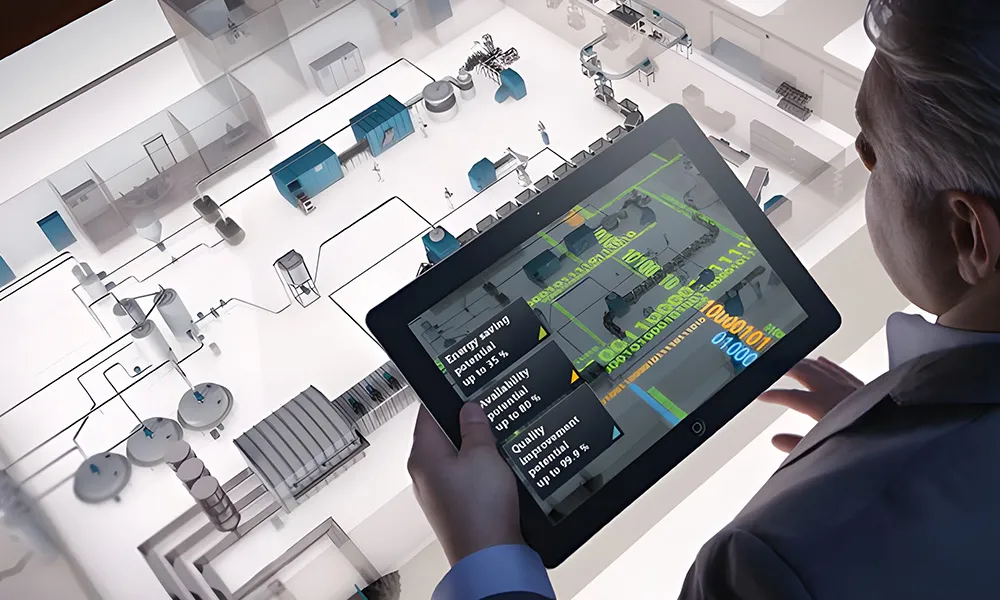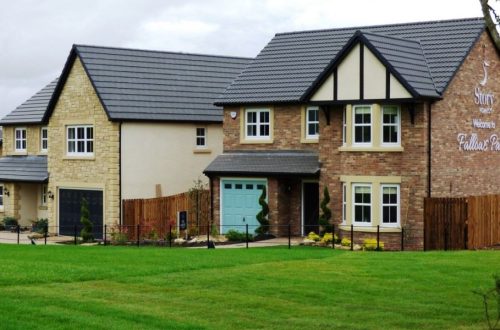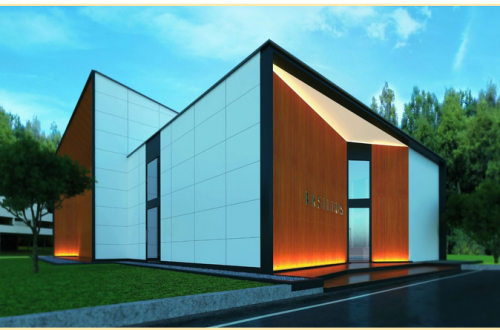In today’s energy-conscious world, integrating building services into a centralised system is crucial for improving efficiency, reducing operating costs, and supporting sustainability goals. One significant contributor to this integration is the variable speed drive (VSD). These smart devices control the speed of motors used in HVAC systems, lighting, pumps, and other critical infrastructure. Among the most widely used options in the UK are Danfoss drives, which are frequently chosen for their advanced communication capabilities and seamless BMS compatibility. In this blog, we’ll explore how drives such as Danfoss inverters integrate with Building Management Systems (BMS), how they enhance energy performance, and why they are a smart investment for modern facilities.
What Is a Building Management System (BMS)?
A Building Management System is a computer-based control system installed in buildings to manage and monitor mechanical and electrical equipment. This includes systems such as:
- Heating, ventilation, and air conditioning (HVAC)
- Lighting
- Power systems
- Fire systems
- Security systems
A BMS allows building operators to monitor performance, identify inefficiencies, schedule maintenance, and respond quickly to issues — all from a central interface.
Role of Variable Speed Drives in BMS Integration
Variable speed drives, often used to manage electric motor speed and torque, are essential in energy optimisation. When integrated with a BMS, these drives become intelligent devices that offer real-time data and adaptive control, playing a pivotal role in the building’s overall energy strategy.
Key Benefits of Drive Integration with BMS:
- Energy Efficiency: Drives adjust motor speed based on demand, lowering energy consumption.
- Remote Monitoring: Operators can view the status of all connected drives via the BMS interface.
- Fault Diagnosis: Drives report faults and warnings, aiding faster troubleshooting.
- Predictive Maintenance: Analysis of motor and drive data helps in planning maintenance before breakdowns occur.
- Reduced Operational Costs: With optimised motor control, systems run more smoothly and require fewer repairs.
Communication Protocols for Seamless Integration
Modern variable speed drives, including Danfoss drives, come with embedded communication protocols or the option to add communication modules. This enables straightforward integration with virtually all major BMS platforms.
Common Communication Protocols Include:
- BACnet: Widely used in building automation systems for HVAC and lighting.
- Modbus: Simple and robust, ideal for connecting industrial devices.
- LonWorks: Older but still prevalent in some building infrastructures.
- Profibus / PROFINET: Used for fast and reliable industrial automation.
- Ethernet/IP: Supports high-speed data transfer across systems.
By supporting multiple protocols, drives can be integrated into existing BMS setups without costly reconfiguration or specialist interfaces.
Typical Applications of Drives in BMS-Controlled Systems
1. HVAC Systems
- Fan and pump speed regulation based on temperature or pressure feedback.
- Night-time setback or load-based control.
- Integration with occupancy sensors to reduce energy during unused periods.
2. Water Systems
- Controlling water pumps for heating and cooling systems.
- Pressure-boosting applications.
- Greywater recycling pumps.
3. Lighting Control
- Dimming systems based on ambient light or occupancy.
- Load management to reduce energy during peak hours.
4. Ventilation
- Adjusting air exchange rates based on CO₂ levels or occupancy.
- Coordinating with fire alarms for smoke extraction systems.
In all these areas, the drive’s communication with the BMS ensures real-time data exchange and coordinated control across the building.
Configuring Drives for BMS Integration
Setting up drives such as Danfoss inverters to communicate with a BMS involves a few steps, typically handled by building engineers or automation specialists.
Key Steps:
- Select the Correct Communication Module: Choose the module that matches your BMS protocol (e.g., BACnet/IP).
- Assign a Unique Network Address: This helps the BMS recognise and monitor each drive.
- Map Parameters: Decide which drive parameters (e.g., motor speed, fault codes, temperature) the BMS should monitor or control.
- Test Communication: Verify that the BMS can read data and send commands to the drive.
- Optimise Setpoints and Schedules: Configure the drive to follow BMS scheduling and respond to system changes dynamically.
Most advanced drives come with user-friendly interfaces or configuration software to streamline this process.
Troubleshooting and Diagnostics Through BMS
One of the most valuable aspects of BMS integration is real-time fault detection. Drives integrated into a BMS can:
- Report overheating, overloading, or undervoltage conditions.
- Indicate maintenance alerts (e.g., filter clogging in HVAC).
- Log historical data to identify recurring faults.
- Trigger alarms and even automate shutdowns to prevent further damage.
This level of insight reduces the risk of unplanned downtime and supports proactive maintenance schedules.
Energy Reporting and Analytics
BMS platforms often include energy dashboards and reporting tools. When drives are connected to the system:
- Operators can track the energy usage of individual motors.
- Systems can compare real-time usage to historical baselines.
- Facilities teams can set energy-saving targets and measure performance.
- Energy waste from inefficient settings or faulty equipment can be easily identified.
Integrating Danfoss drives allows facilities to meet energy regulations, reduce carbon emissions, and support green building certifications such as BREEAM or LEED.
Future-Proofing with Smart Integration
With the UK government’s push toward net-zero emissions and rising energy costs, having smart, interconnected systems is no longer a luxury but a necessity. Drives that offer open communication protocols and scalable integration are essential for future-proofing facilities. Choosing drives with remote access, cloud connectivity, and upgradable firmware ensures your building remains adaptable as technologies and regulations evolve.
Final Thoughts
The integration of variable speed drives with Building Management Systems is a cornerstone of modern building automation. Drives like Danfoss inverters offer high levels of control, efficiency, and adaptability. Whether it’s for reducing energy use, improving comfort, or enhancing operational visibility, drive-BMS integration is a smart investment for any commercial or industrial building in the UK.
As buildings become smarter, connected systems that can talk to each other will define the future of energy management. By leveraging the advanced features of today’s variable speed drives and ensuring they are seamlessly integrated with a BMS, building owners can unlock new levels of performance, reliability, and sustainability.





